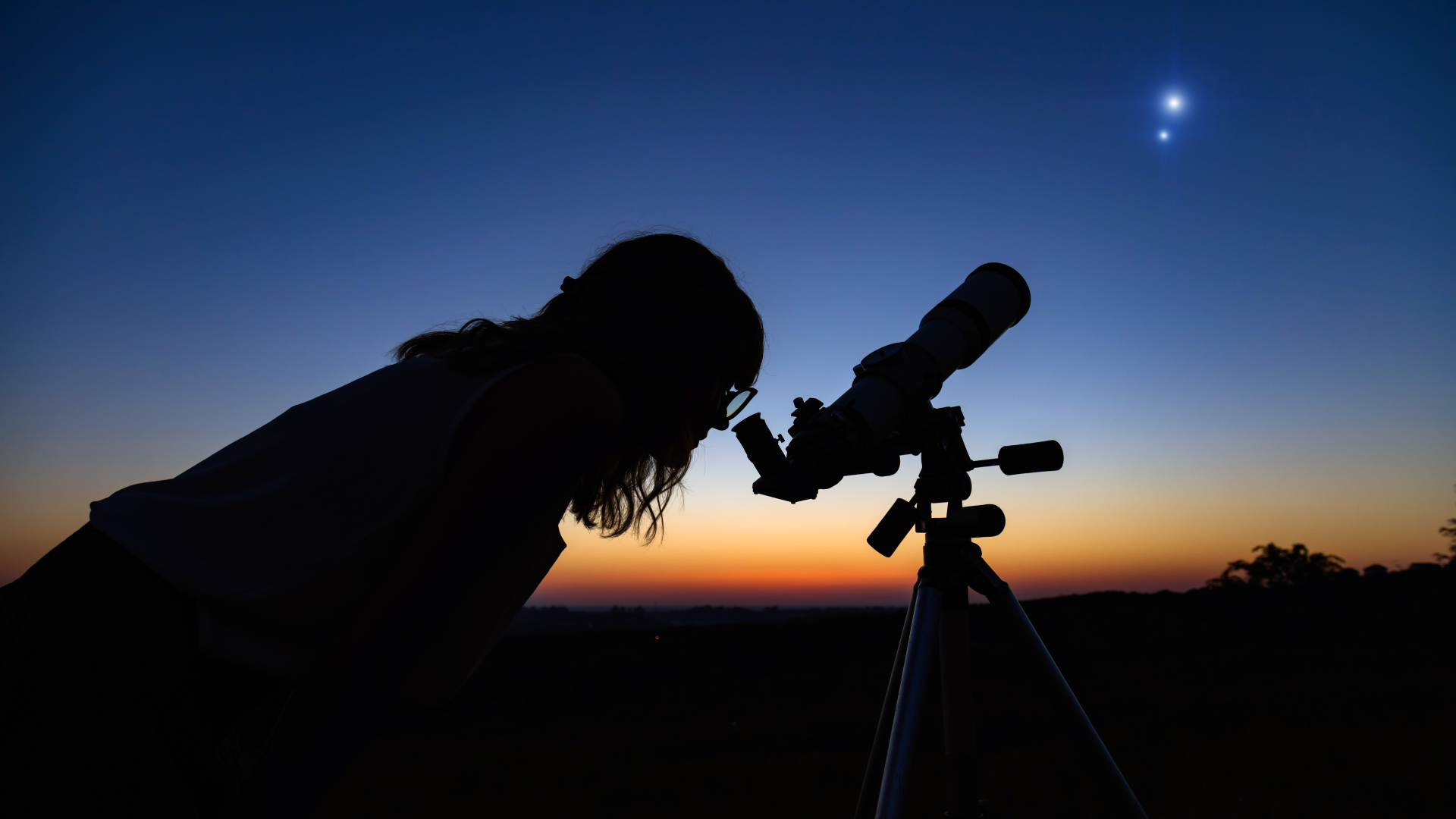Like the first few months of the year, April is a relatively quiet month for sky watching, but it does bring one of the oldest meteor showers and a micromoon.
April 13: Pink Moon
April’s full moon is known as the Pink Moon, so named for the color of ground phlox, a wildflower that blooms during the month—though the moon itself doesn’t actually appear pink in the sky. The Pink Moon is also a micromoon, meaning it occurs at that furthest point from Earth. The opposite of a supermoon, it will look about 5% smaller in diameter than usual.
April 21: Lyrid meteor shower peak
The main event in April is the Lyrid meteor shower. It starts mid-month (around April 17) and will peak late on the evening of April 21 and into the early morning hours of April 22. The Lyrids are the result of debris from the Comet Thatcher, which was first observed in 1861. Typically, viewers can expect to see around 18 meteors per hour, though the shower can bring up to 100, according to NASA.
This year, the moon will be about 40% full, which may interfere with visibility. The Lyrids are best seen in the Northern Hemisphere after the moon sets but before dawn—and as always, areas with minimal light pollution are best for viewing.
Planetary events in April
Mars, Jupiter, and Uranus will be visible in the evening sky in April; Saturn, Mercury, Venus, and Neptune will appear in the morning. The timing and placement varies slightly between the Northern and Southern hemispheres. The best Mercury viewing of the year will be possible on April 21, according to Starwalk, especially for those in the Southern hemisphere.
And on April 25, the crescent moon will align with Venus and Saturn just before sunrise to create a triangle that looks like a smile.
